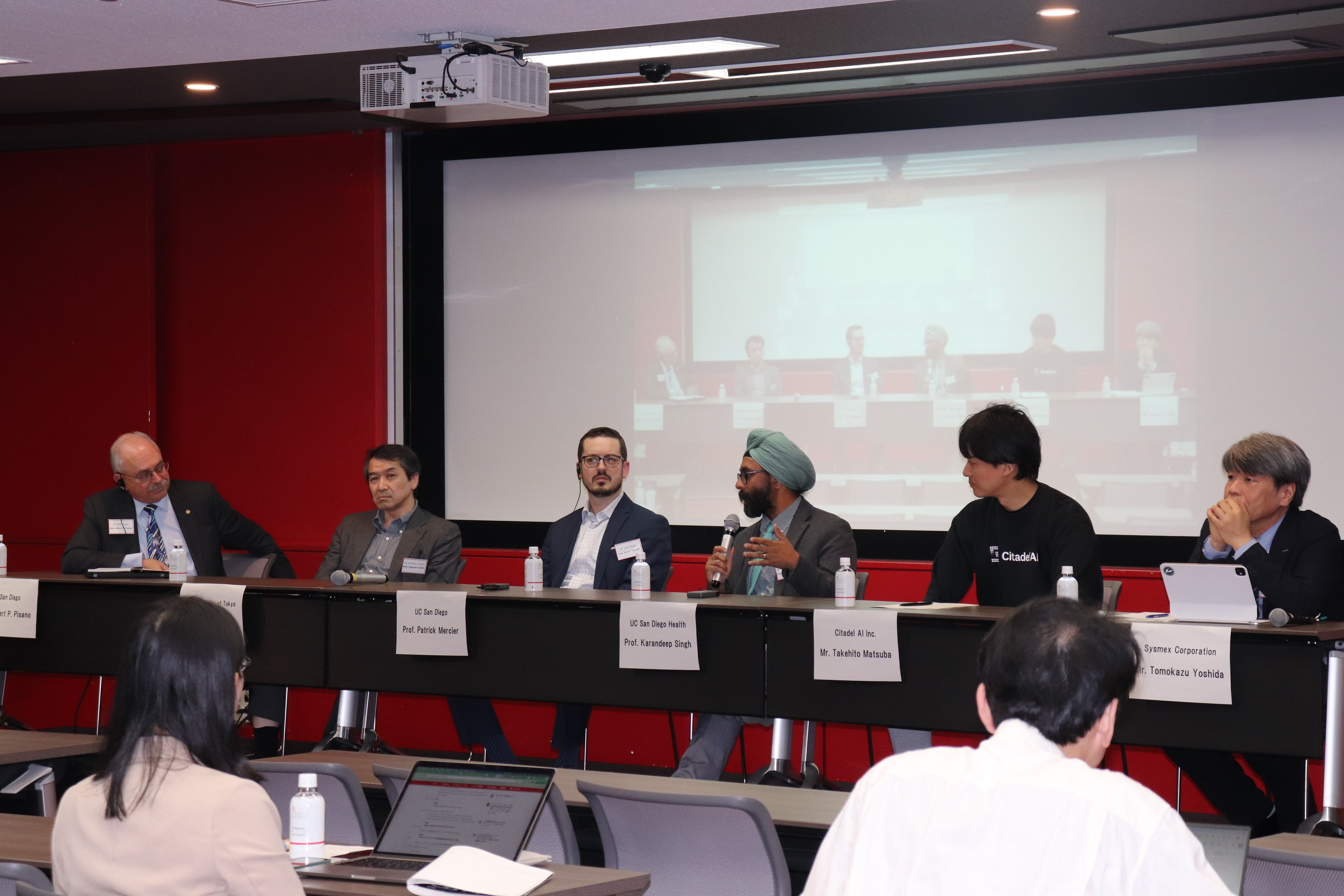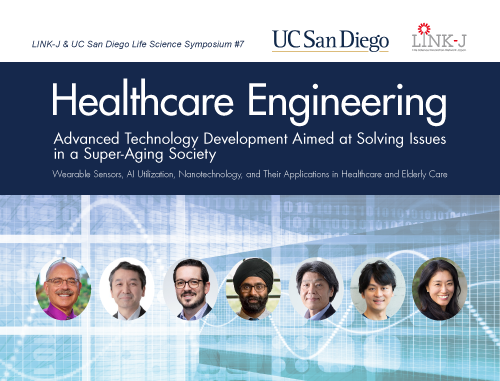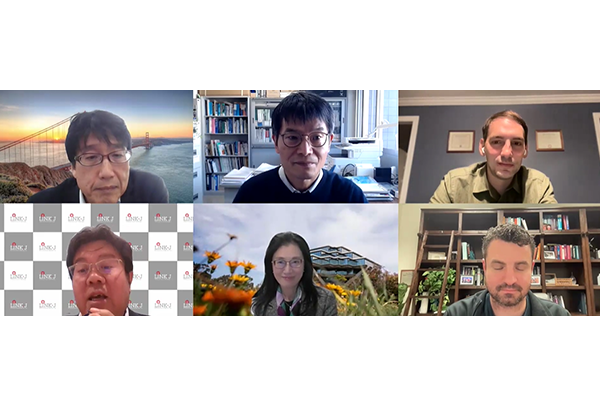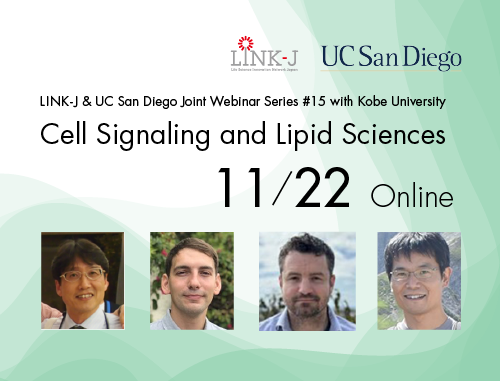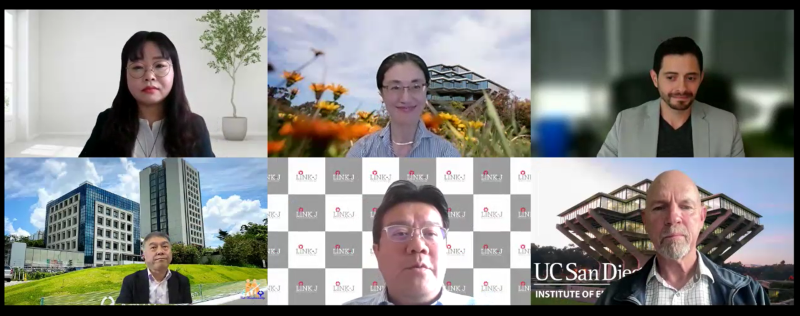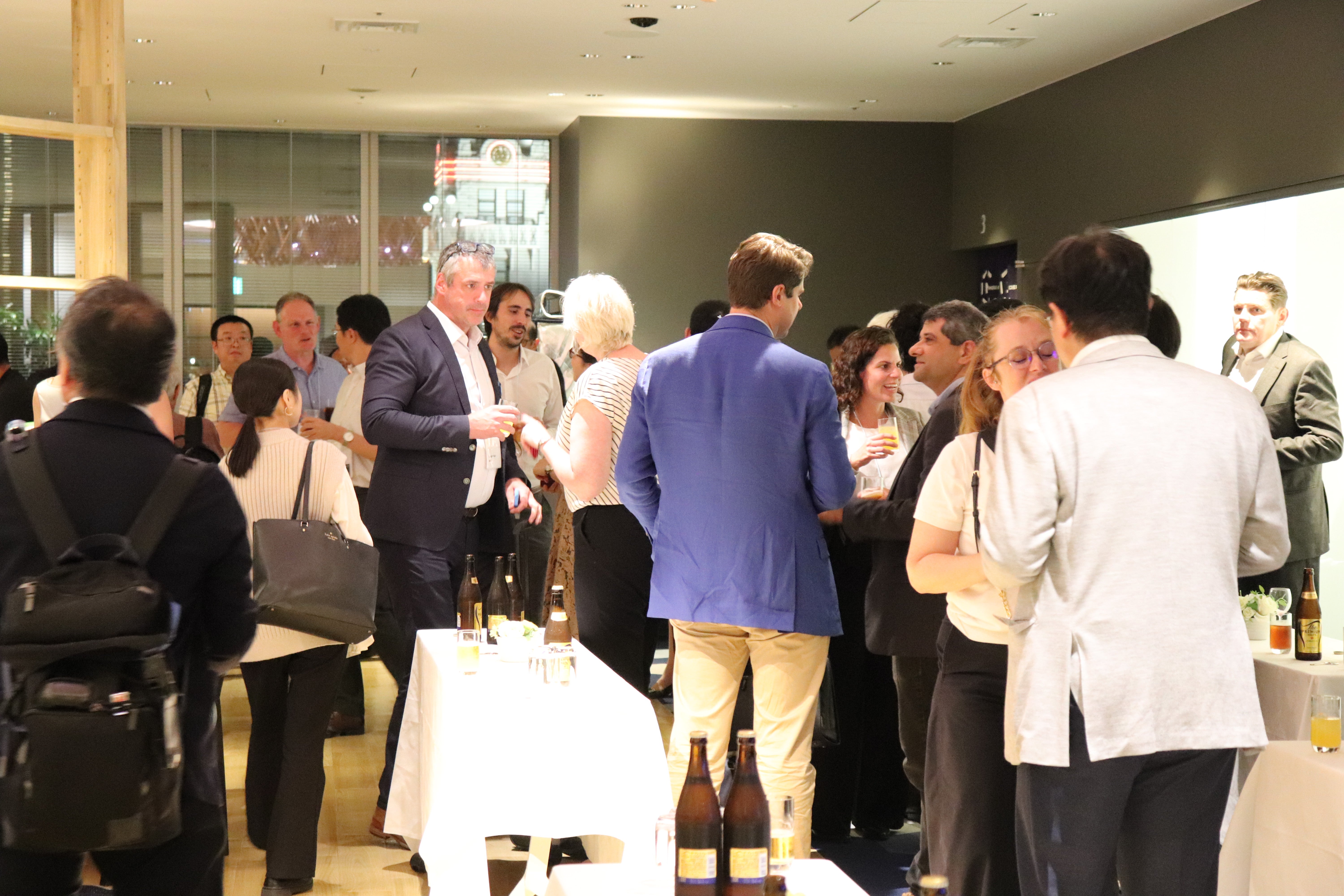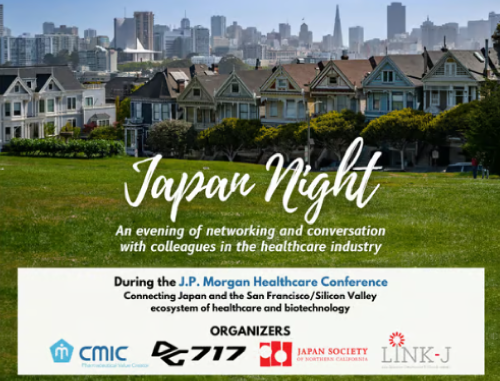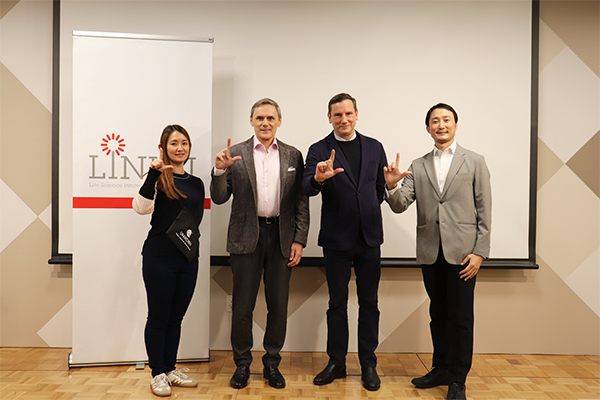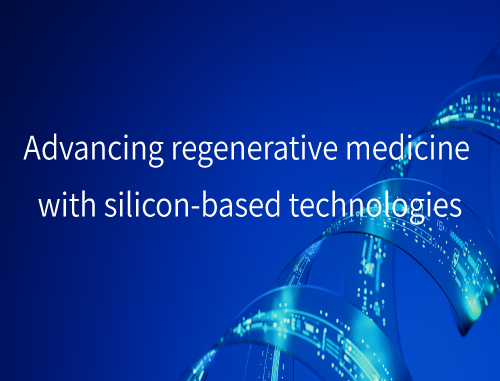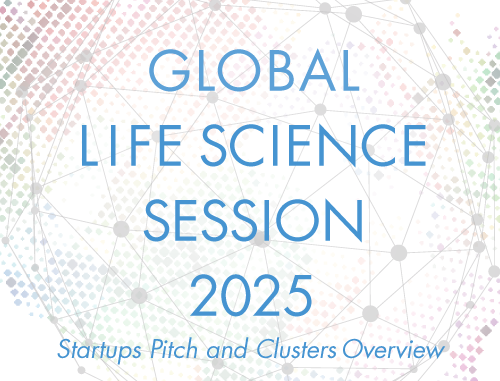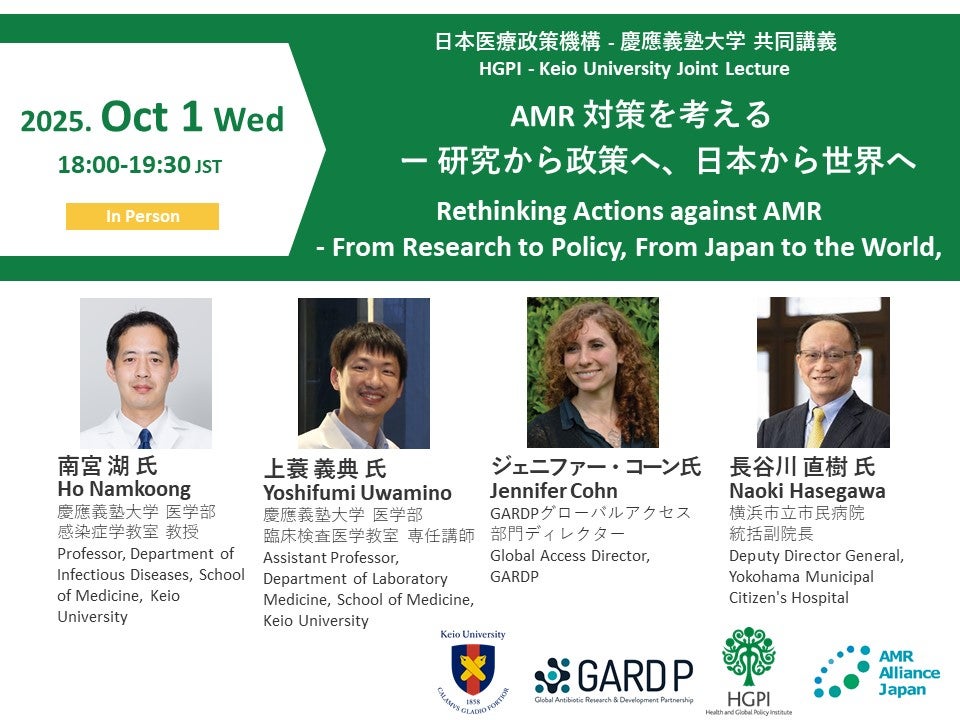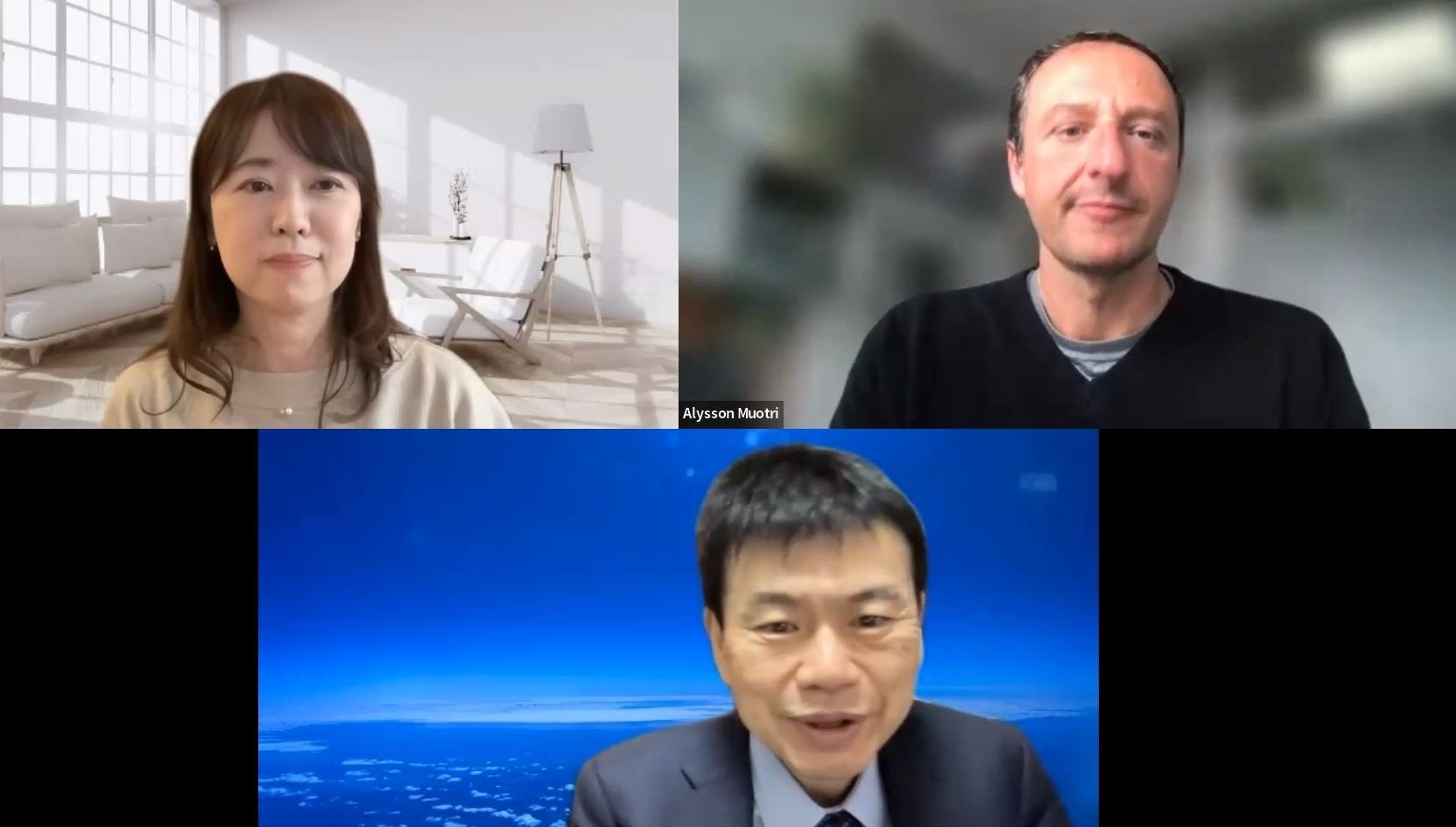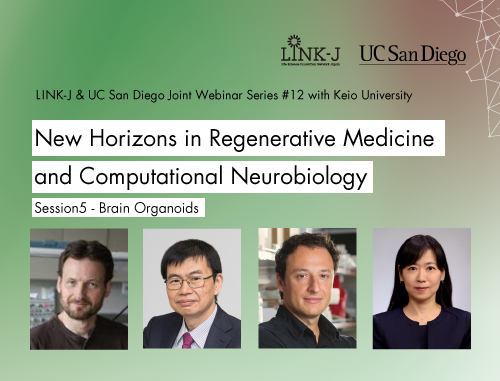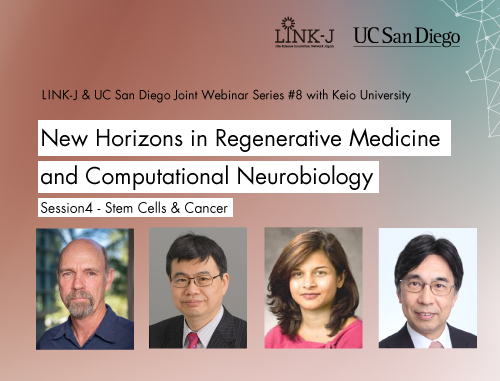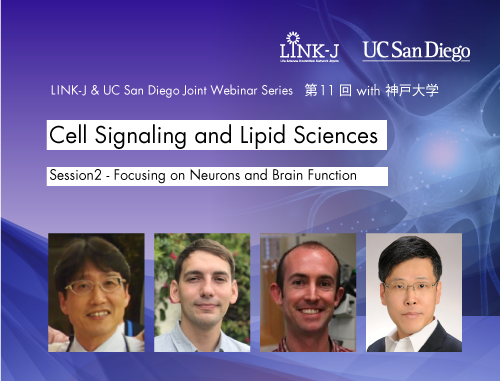LINK-J & UC San Diego Joint Webinar Series #6 with Keio University "New Horizons in Regenerative Medicine and Computational Neurobiology" Session3 was held on April 22, 2021. (Host: LINK-J, Co-Host: University of California San Diego [UC San Diego])
For the sixth in the Joint Webinar Series, Professor Mark Tuszynski from UC San Diego and Associate Professor Junichi Ushiba from Keio University discussed new developments in regenerative medicine and brain-machine interfaces for spinal cord injury and stroke. Professors Andrew McCulloch (Distinguished Professor of Bioengineering and Medicine; Director, Institute of Engineering in Medicine, UC San Diego) and Hideyuki Okano (Dean, Keio University Graduate School of Medicine) moderated a discussion.
The recording of the webinar is available from the link below.
https://www.youtube.com/c/LINKJ
Please note that some content is unavailable, and that the webinar might be deleted from the archive in the future. We encourage you to subscribe to LINK-J's YouTube channel to view great content.
At the beginning of the webinar, Akihiko Soyama (President and CEO, Director, LINK-J), Ms. Miwako Waga (Director of International Outreach, UC San Diego), Professor Andrew McCulloch, and Professor Hideyuki Okano gave the opening remarks.
"Stem Cell Therapy for Spinal Cord Injury"
Prof. Mark Tuszynski
(Director, UCSD Translational Neurosciences Institute; Distinguished Professor of Neurosciences, UC San Diego)
This talk featured the potential of stem cell therapy for spinal cord injury and the translation to the clinic.
There are approximately 15,000 new injuries per year in the United States. There are half a million people living with chronic spinal cord injury, and this tragically often affects people early in life and results in a complete loss of function below the level of the injury, and there are no treatments to repair the injured spinal cord. Then he explained why the spinal cord does not regenerate. They worked on the problem of spinal cord injury for a number of years. He compared the results of his research with neural stem cells with those of the 20 years before he started neural stem cell research, and emphasised the benefits of using neural stem cells. In addition, he introduced the possibility of combining bioengineered scaffolds with neural stem cells and the activities that lead these achievements to clinical trials in humans.
To learn more details, please watch the video recording.
"Brain-Machine interaction facilitates neural reorganization in post-stroke brains"
Dr. Junichi Ushiba
(Associate Professor, Department of Biosciences and Informatics, Faculty of Science and Technology, Keio University)
In this lecture, he introduced his recent research from basic research to clinical trials in the following aspects. He also talked about the activities of university ventures.
Computational Neuroscience (CN) employs mathematical models of the brain, theoretical analysis, and abstractions to understand the principles of development, structure, function, and the plasticity of the nervous system. While Physiology/biology gives us the knowledges of standard cellular and circuit modules of the nervous system, CN shows us how to assemble them as a system. Systems Understanding of the brain is important to sketch the whole picture of health and disease. An understanding of the brain system is important for a holistic picture of health and disease, and a computational description of the brain system also makes it possible to integrate the brain and artificial system as a symbiont.
If the nervous system could be integrated into an artificial system to create a "Brain-AI loop", the AI could read the signalling in the brain in real time, allowing the user to control a robotic arm, a tail-like actuator, an avatar or a virtual self. Such a system would relieve the suffering of people with physical and mental disabilities and help to support their social life. Furthermore, the "Brain-AI loop" can guide the reorganisation of brain functions. Since the brain has a great capacity to reconstruct functional neural circuits even after extensive damage to brain structures, AI sensory feedback related to endogenous neural activity can restore medically relevant functions.
This webinar included time for Q&A and panel discussion, which led to interesting interactions with the audience.
Thank you very much for your active participation in the joint webinars. We plan to offer similar sessions in the future. Stay tuned!





